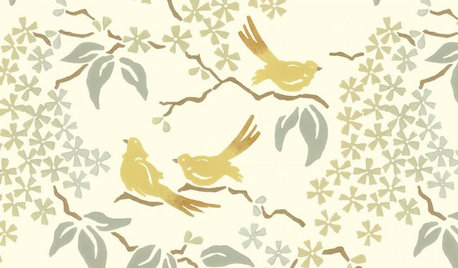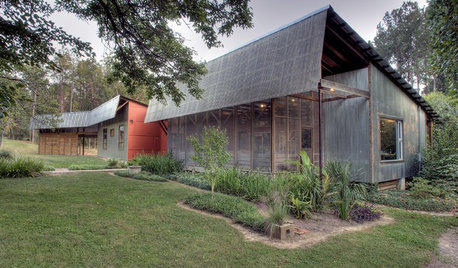Hi. I am a new transplant from the super-short growing season of zone 4 Colorado high up at 8250 feet above sea level. Due to Japanese beetle, I was advised to leave my outdoor plants behind. Well, that or go through the expensive process of having them cleaned, treated with poison (I never use poison), paying the inspector for time, gas and certificate. I decided to start fresh.
I miss my Rocky Mountain GW group--we met twice a year and were very helpful and friendly with each other. Are there any "local" meets here?
Details:
I love dirt, plants, bugs. I enjoy getting my hands dirty! I'm in Toledo, Oregon, I think zone 8 and it is constantly damp. I'll bring things inside (used to doing that since I grew tomatoes) and I'm very capable managing frost and unexpected snow. I used to have endless sun so, wow, I am a little bit surprised at how much shade we have here!!
Okay, here come the questions:
I miss my roses, but they were Canadian hardy so they are probably happier back home. We are five miles in from the harsh coast winds so I'm sure roses will do fine here. I love David Austin roses (I sure missed those back in the rockies!) but I'm also happy to work with whatever I can find at the nurseries. I remember when I lived on the coast before, some multi-coloured roses turned out spotty. Are there any I should avoid or does basically anything grow? I love yellows like Graham Thomas and Harrison's yellow and, oh what is it called??...Persian? I'd also be interested in an orange colour if they do well here.
I prefer perennials, everything from iris, anemone sylvestris, campanula persicifolia, geraniums (cranes bills), mints, sedums, sempervivum, delosperma (not invasive in CO), rhubarb, shasta daisy "becky", lamia, coreopsis, lavender, gosh, you name it!
I would love to try some old favourites like Anemone sylvestris and Campanula punctata but they are slightly invasive, or so it seemed. Up there, there was pretty much zero threat from those two due to the very short season and the cold temps. But, I know everything grows here so if they are not good ideas to plant, please let me know. Also, is Delosperma okay to plant here?
I'd love to put in some iris, especially Steppen Wolf (sp?) but am not sure which ones do best here. I like the bearded, the Siberian, the natives like Douglas but I'll give a try to whatever does best.
I'd love to put in some edibles, too. I was thinking a fig would be nice.
Any ideas are welcome!! Mainly, I'm just saying hello and making sure I don't plant anything invasive. And, no, I wouldn't plant morning glory! I don't know about the purple and blue ones but the white ones clearly are invading where we've moved to! I tackled bindweed the entire time I was in CO....grrr. And, yes, I'm the kind of person who would plant wisteria everywhere...unless I shouldn't! Oh, but I do want to. Are there any varieties that work here without sending up shoots everywhere?
Oh, and no need for berry suggestions. We are on my brother's property and there are already tons covering everything! Blackberry, raspberry, white raspberry (salmonberry?) and thimble berry. Oh, I sure love those thimble berries! Now that I think of it, I do miss our whortleberries. We had Vaccinium scoparium back in CO but I don't know if it would do well here. I'm guessing there are other species more adapted.
Hi!




















larry_gene
jclepineOriginal Author
Related Professionals
Birmingham Landscape Architects & Landscape Designers · Harrison Landscape Architects & Landscape Designers · Seabrook Landscape Architects & Landscape Designers · Chattanooga Landscape Contractors · Elkridge Landscape Contractors · Golden Gate Landscape Contractors · Merced Landscape Contractors · South Portland Landscape Contractors · Bixby Fence Contractors · Branford Fence Contractors · Falls Church Fence Contractors · Hinsdale Fence Contractors · Palm Harbor Fence Contractors · Sandy Springs Fence Contractors · Tallahassee Fence ContractorsEmbothrium
jclepineOriginal Author
larry_gene
oliveoyl3
Embothrium
jclepineOriginal Author
oliveoyl3
Embothrium
gardengal48 (PNW Z8/9)
Embothrium
jclepineOriginal Author
larry_gene
jclepineOriginal Author
Embothrium